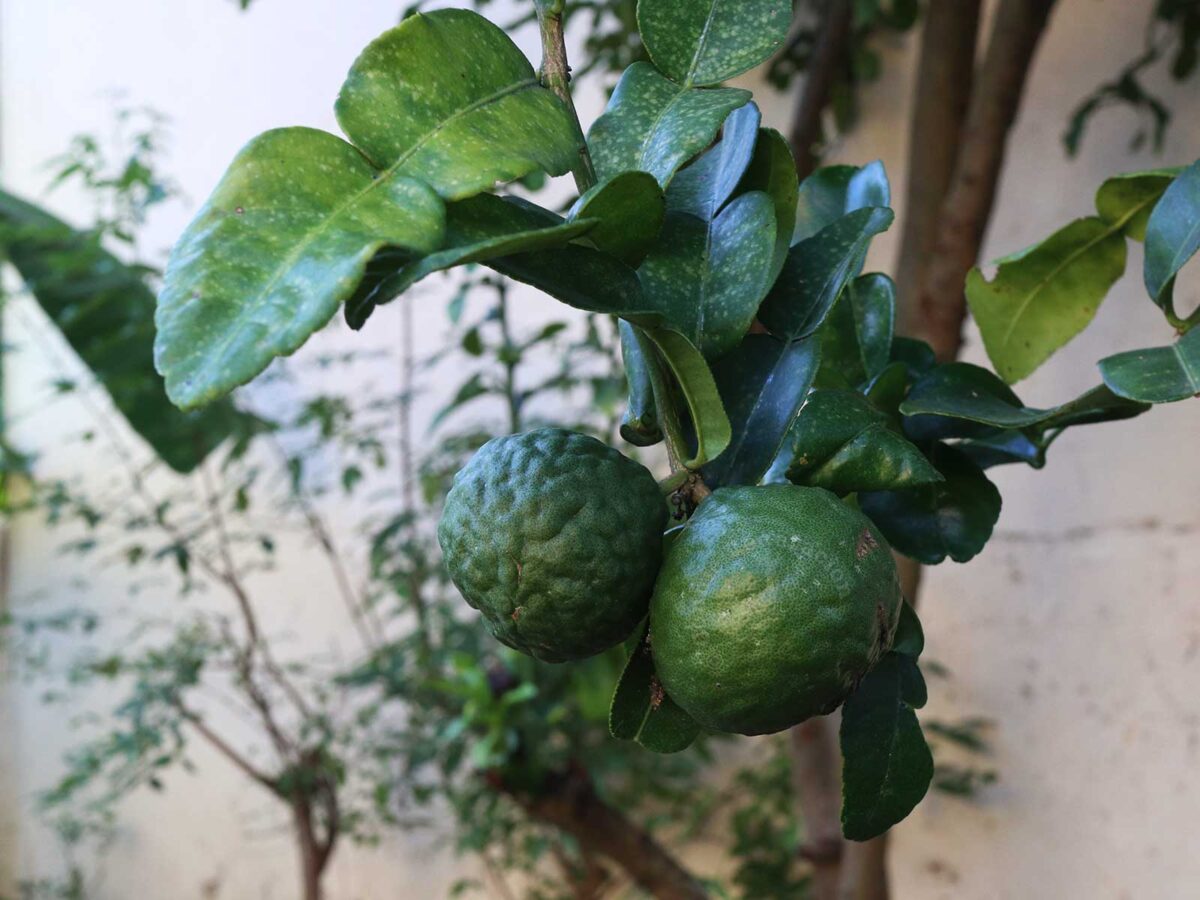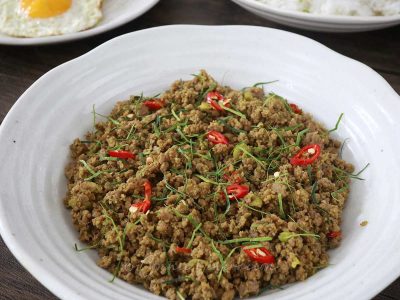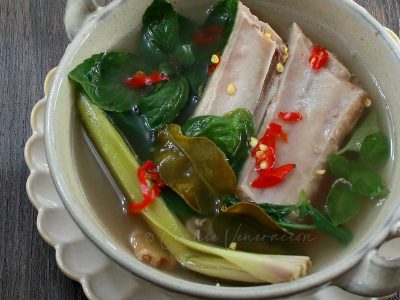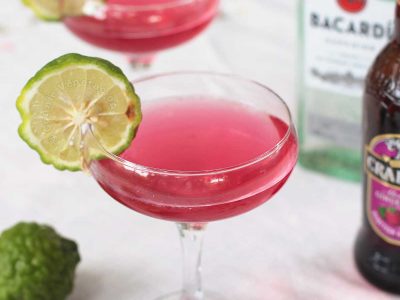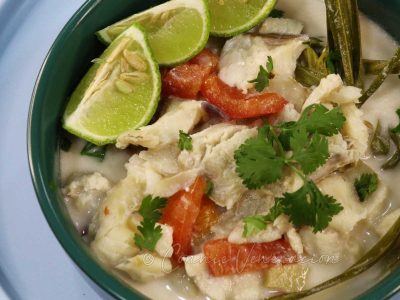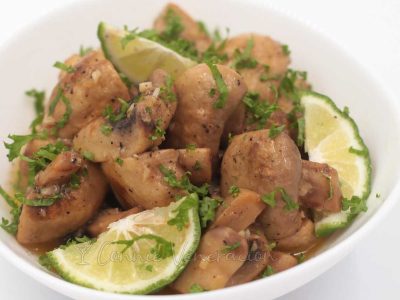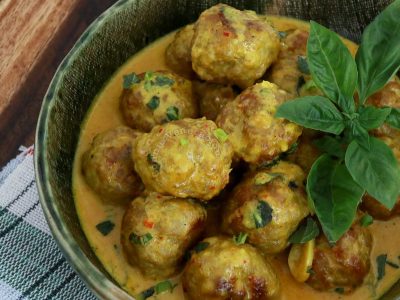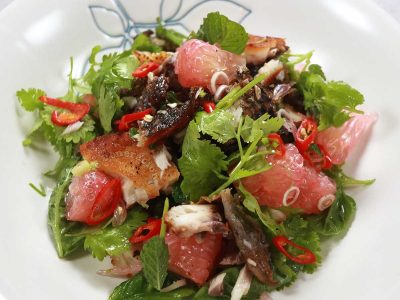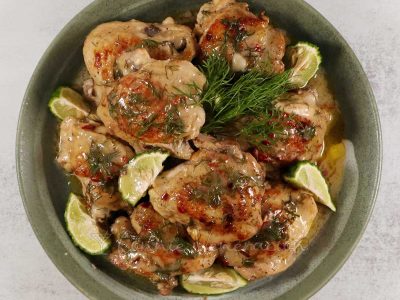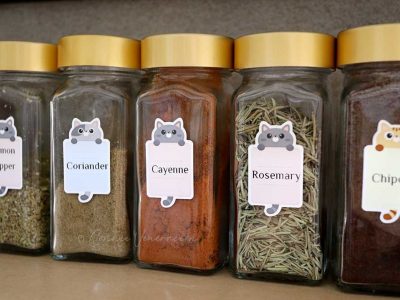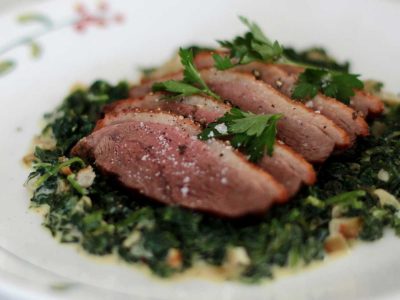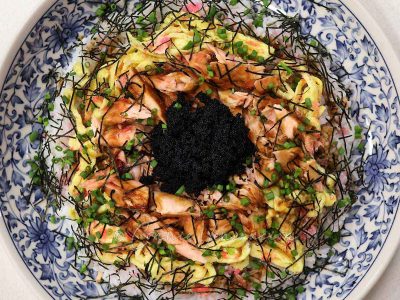Kaffir lime is Citrus hystrix
It is native to Southeast Asia. But its name — kaffir — is not used in any country where the fruits and leaves are used for cooking. The plant, fruit and leaves are known by different names in Asia.
- Burma: shauk-nu, shauk-waing
- Cambodia: krauch soeuch
- China: ning meng ye (Mandarin), fatt-fung-kam (Cantonese), Thài-kok-kam (Hokkien/Min Nan)
- Indonesia: jeruk purut, jeruk limo, jeruk sambal
- Laos: makgeehoot
- Malaysia: limau purut
- Philippines: Kubot
- Reunion Island: combava
- Sri Lanka: kahpiri dehi, odu dehi, kudala-dehi
- Thailand: makrut, som makrud
How the plant came to be known as kaffir is controversial
Kafir (or its alternative spelling caffre) means infidel and it was used by white colonists of the Swahili coast in Africa to refer to “Muslim infidels” and, eventually, to black slaves.
In South Africa, when kaffir is uttered in relation to a black person, it is considered highly offensive to the point of being defamatory. In Ciliza v Minister of Police and Another, a 1976 case, a white policeman was ordered to pay damages to a black man for using “kaffir” when addressing him. This decision was affirmed in subsequent cases including Mbatha v Van Staden in 1982 (a downloadable file), S v Puluza (1983), S v Steenberg (1999) and Ryan v Petrus (2010).
So, use the word “kaffir” to address a black person in Africa and you’re going to get sued. You will lose the case too. The only exception, is seems, is with regard to the kaffirs of Sri Lanka. These are descendants of Africans slaves who arrived and settled there in the 1500s with their Portuguese colonizers. They don’t mind the term and still call themselves kaffirs.
How we grow kaffir lime
We started growing one over two decades ago. It was in the back garden of our old house. We bought a seedling, replanted it directly in the ground and it grew without much tending. So long as it got plenty of sunshine and enough water, it just thrived. We had constant supply of the aromatic leaves but the tree was not bearing fruit yet when we moved to a new house.
Not having experienced harvesting fruits, we didn’t know how easy it is to grow kaffir from seeds. We bought a new seedling, planted it and waited a few years for the tree to bear fruit.
When it did, it did so generously. We often had more kaffir limes than we could use and the fruits that were too high up to be plucked fell to the ground and turned yellow. And new plants grew. Some thrived; other’s didn’t. Serendipitous, really, because the big tree perished after the other bushes and vines near it grew wild and deprived it of sunshine and nutrients from the soil.
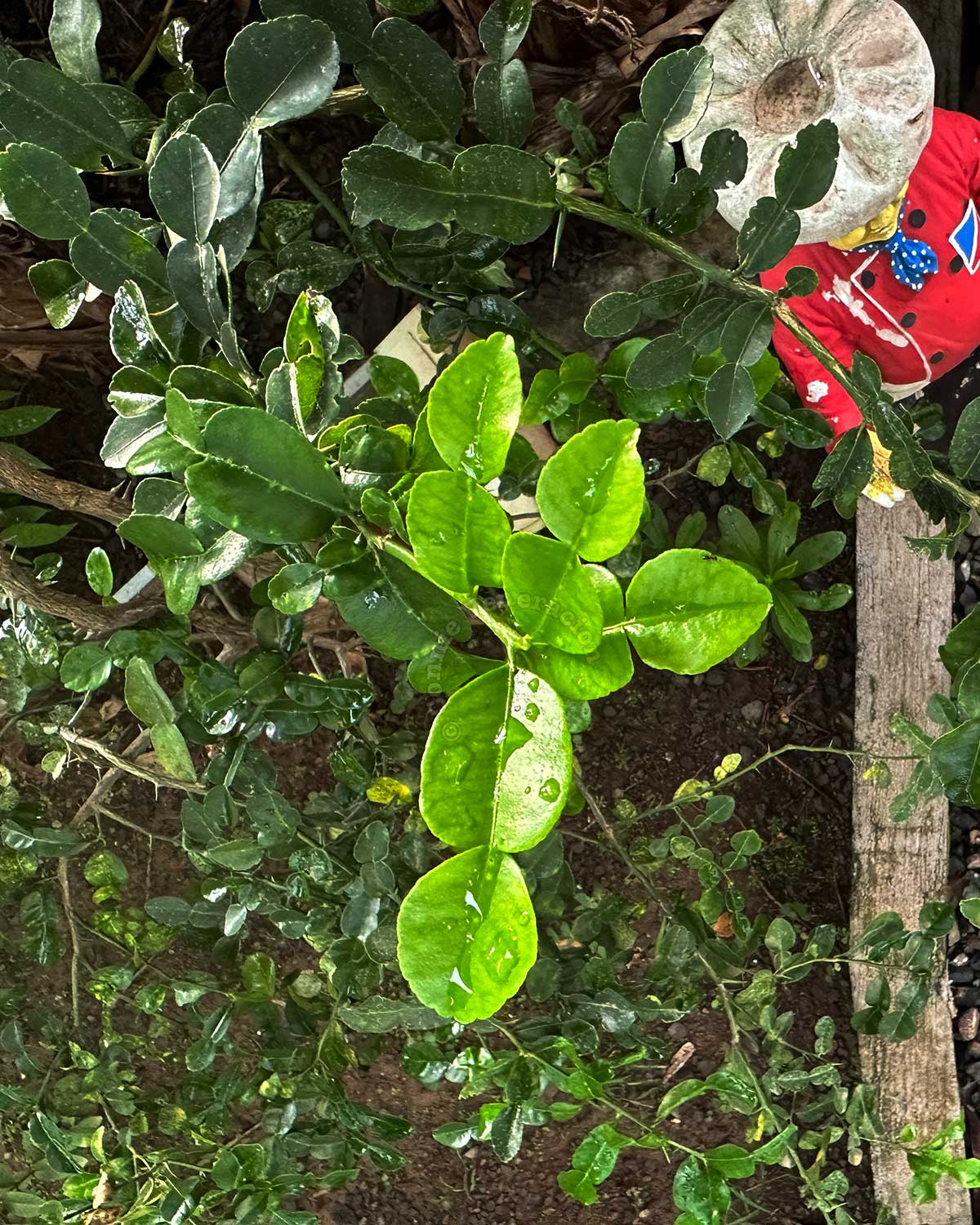
Today, we have two new kaffir lime trees. They’re still too young to bear fruit but we love that we always have leaves for cooking. In the Philippines, fresh kaffir lime leaves are sold as a gourmet ingredient and the price will make your eyes pop. Dried leaves are somewhat cheaper. In our case, we just pinch the leaves off our tree.
Both the fruit and leaves are used in cooking
We use the fruit pretty much the same way we use lemons. We squeeze it to get the juice and we use the skin to add a lovely cirtusy aroma to soups and sauces. The juice is used to make cold drinks, to add to tea and even to make cocktail drinks.
Kaffir lime leaves are often used to flavor soups and stews. Notice how they come in pairs. The aroma and flavor of the leaves are unique and many cooks, myself included, swear that there simply are no substitutes for kaffir lime leaves.
Are kaffir lime leaves edible?
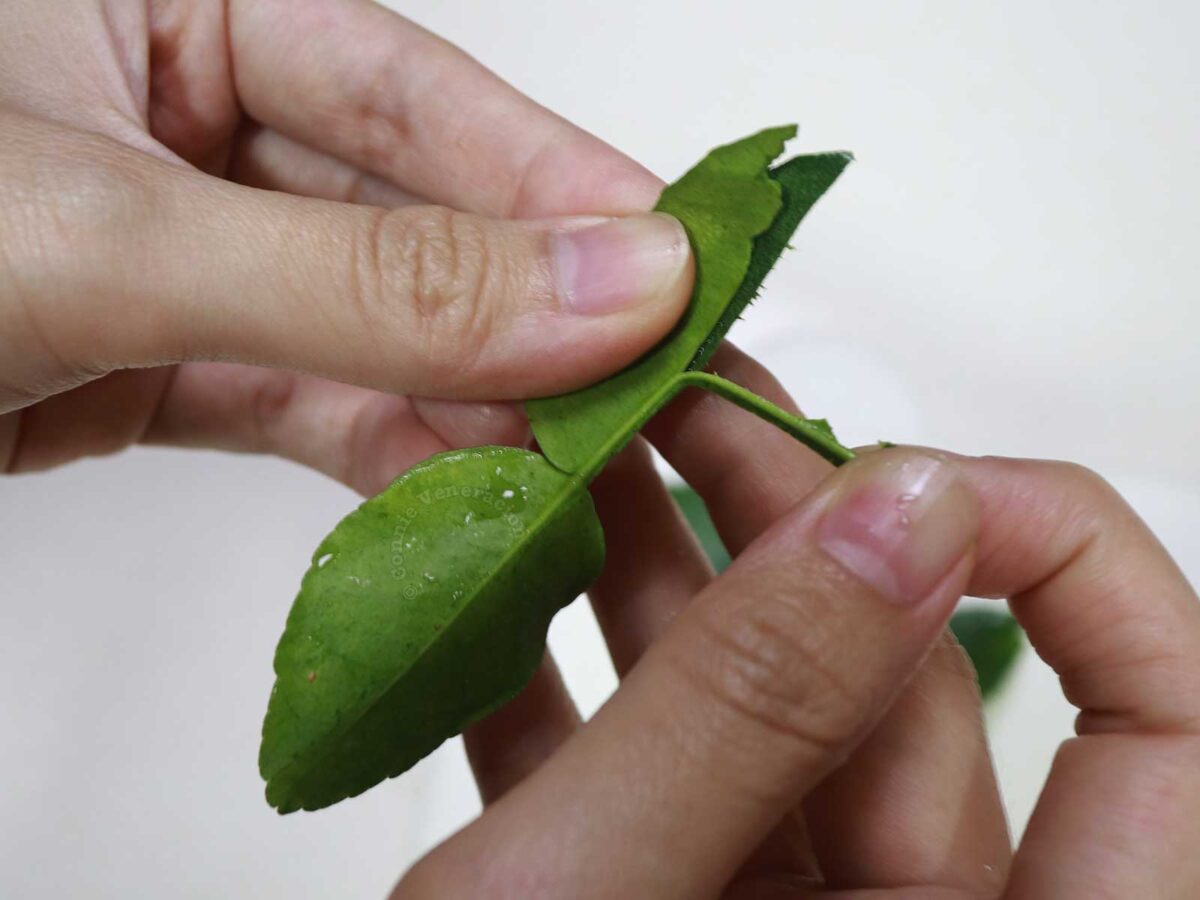
Yes, they are although they are rather fibrous. Are young leaves better than mature ones? That depends on how you intend to use them. If using them to make a dish aromatic and the leaves are meant to be discarded when the dish is done, I go for mature leaves which have a more intense aroma.
If the leaves are meant to be eaten, I choose the young ones. The rib which is more fibrous (almost woody, in fact) is pulled off and discarded and the leaves are either left whole or cut into small pieces depending on the recipe.
Recipes with kaffir limes / leaves
Updated from two posts published in February 8, 2009 and May 20, 2015

